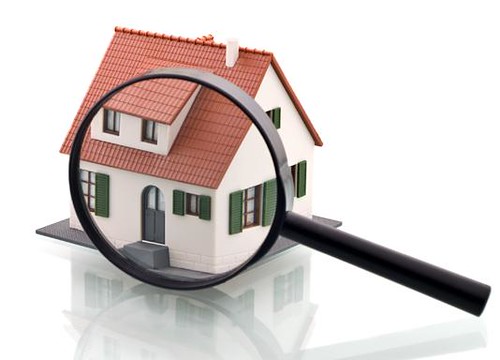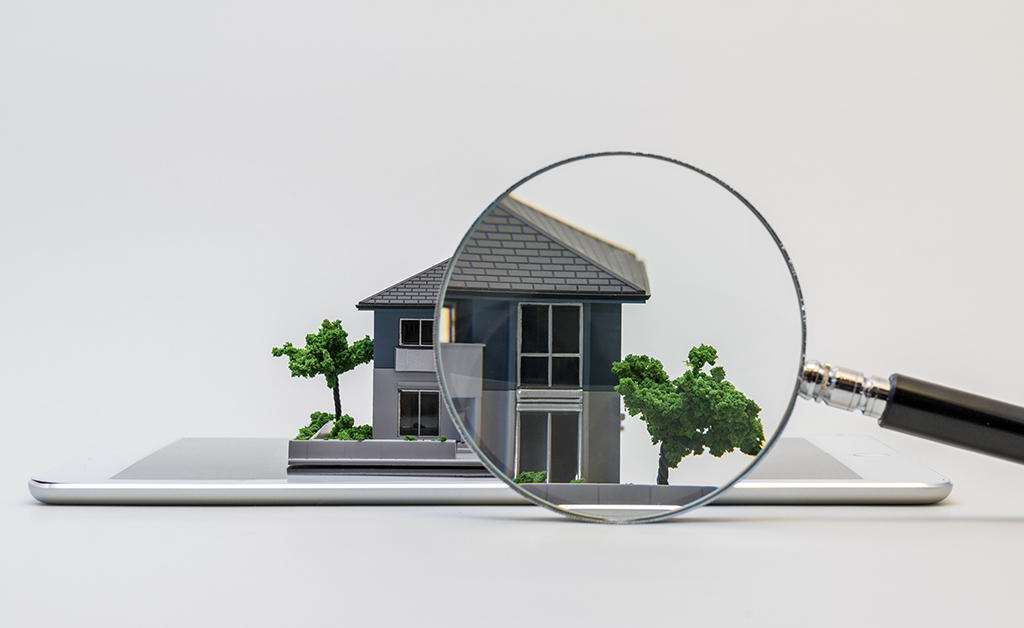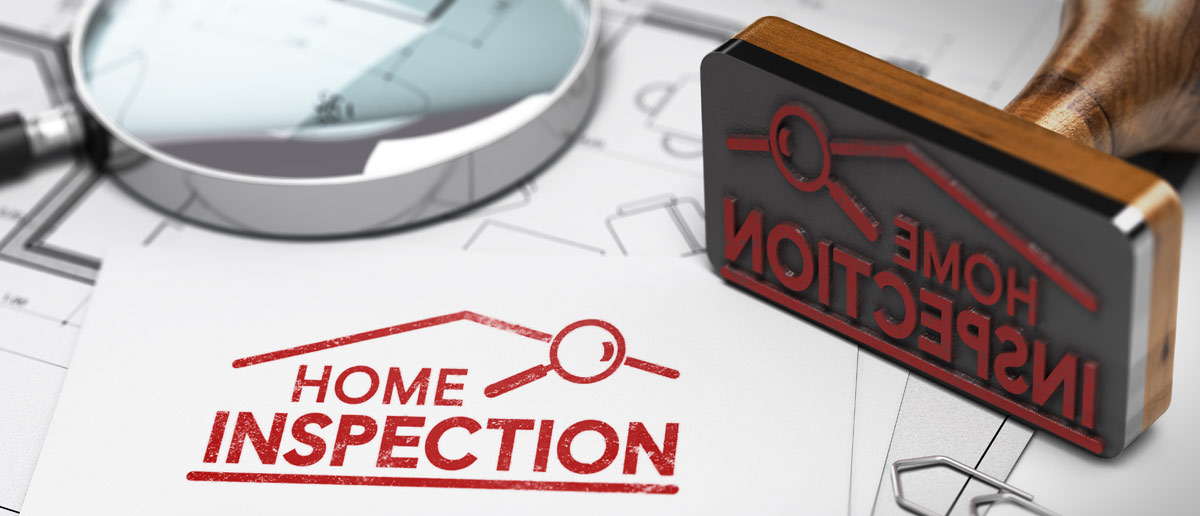Home inspections for recent builds, pre-owned houses, and pre-sale needs
What Is Included in a Detailed Residential Property Assessment Refine?
An extensive residential or commercial property evaluation process is crucial for safeguarding investments and making sure safety. It encompasses a precise examination of architectural honesty, electric systems, pipes, and HVAC units, to name a few vital elements. Assessors execute a thorough examination of both exterior and interior elements, recognizing potential hazards and compliance with industry requirements. The resulting report works as an important source for possible buyers and current owners alike. The specifics of what examiners prioritize, and the effects of their searchings for, can substantially influence decision-making. What, after that, are one of the most important elements that can make or break a residential or commercial property assessment?
Introduction of Residential Property Inspection

The inspection includes several vital areas, consisting of the exterior and indoor aspects, systems such as pipes and electrical, and any kind of visible architectural components (Phoenix property inspections). Throughout the process, the examiner documents the problem of these components, searching for indicators of wear, damage, or possible risks
A detailed building evaluation not just aids prospective purchasers make educated decisions however also helps existing owners in understanding needed repairs or upkeep jobs. By offering a thorough report of findings, the examination allows stakeholders to focus on concerns that may call for instant focus or could affect future investment.
Furthermore, an efficient inspection process follows established sector standards and standards, ensuring a constant and reliable analysis. In general, the residential or commercial property examination process is an essential tool in realty transactions, promoting openness and safeguarding both purchaser and vendor rate of interests.
Architectural Examination

Throughout the inspection, experts evaluate different parts, consisting of the structure, framework, wall surfaces, and roof systems. They search for indicators of clearing up or moving, such as splits in wall surfaces or irregular floorings, which can indicate underlying concerns. The evaluation also involves examining the quality of construction materials and techniques used, ensuring compliance with structure codes and criteria.
Additionally, assessors might examine for indications of moisture intrusion, which can lead to timber rot and mold and mildew, more jeopardizing structural stability. They also evaluate load-bearing components to guarantee they can appropriately sustain the weight of the building and its contents.
Ultimately, a thorough architectural assessment provides very useful understandings for prospective customers and house owners, enabling them to make educated decisions relating to home investments and needed maintenance. By recognizing structural problems early, owners can resolve problems proactively, preserving the lasting value and safety and security of the home.
Electric System Assessment
A reliable electric system assessment is critical in the home evaluation procedure, view it as it reviews the security, capability, Going Here and conformity of a building's electric framework - Home inspections. This analysis generally includes a detailed examination of the primary electrical panel, breaker, and wiring systems. Examiners try to find indicators of wear, corrosion, or damage that might compromise safety and security
The assessment consists of screening for ample grounding and bonding, ensuring that the electrical system is correctly connected to stop electrical shock or fire dangers. Examiners likewise examine the ability of the electric system to manage the present tons, identifying any potential overloading issues that can bring about failings or outages.
In enhancement, the analysis checks for the existence of GFCI (Ground Fault Circuit Interrupter) and AFCI (Arc Fault Circuit Interrupter) tools in ideal areas, which are crucial for securing against electrical shocks and protecting against fires. Conformity with neighborhood building regulations and guidelines is likewise verified to ensure that any kind of installments or adjustments satisfy safety standards.

Plumbing and Cooling And Heating Checks
Following the electric system analysis, the plumbing and a/c checks are indispensable components of the home examination process. These assessments make certain that the important systems of the building are functioning properly and safely, thus securing the financial investment and health of the occupants.
During plumbing evaluations, experts analyze the condition of pipelines, fixtures, and drain systems. They look for leakages, rust, and any type of indications of water damage that could indicate larger concerns. The efficiency of hot water heater is also evaluated to ensure they meet existing criteria and supply ample warm water supply.
The a/c checks include a complete assessment of air, home heating, and ventilation conditioning systems. Assessors will assess the operational performance of these systems, making certain that they preserve a comfortable indoor setting. This includes checking the heater, air conditioner, ductwork, and thermostat capability. Furthermore, the inspector will look for any kind of indications of wear or potential click this link safety and security threats, such as carbon monoxide gas leaks in heating unit.
Outside and Inside Examinations
Exterior and interior examinations are critical facets of the property inspection procedure, giving a detailed introduction of a building's problem. The external examination entails examining structural aspects such as the roofing system, exterior siding, structure, and home windows.
The interior evaluation focuses on the problem of living areas, including wall surfaces, floor covering, and ceilings. Inspectors examine the capability of home windows, home appliances, and doors, while likewise looking for indications of moisture or architectural problems. Electrical systems, pipes fixtures, and heating and cooling units are inspected to ensure they remain in working order, certified with building ordinance, and without safety and security threats.
Both examinations finish in a comprehensive report that highlights essential searchings for and recommendations for fixings or additional evaluations. This twin strategy guarantees that potential purchasers or owners are totally notified concerning the building's toughness and weaknesses, enabling them to make educated decisions.
Verdict
Finally, a comprehensive residential property examination procedure includes an extensive assessment of architectural honesty, electric systems, pipes, and heating and cooling devices, alongside in-depth outside and indoor examinations - Best home inspections. By methodically assessing each crucial element, prospective safety risks and compliance with industry standards and local building ordinance can be identified. The resultant comprehensive report serves as a vital resource, empowering buyers and homeowners to make informed decisions regarding home financial investments and upkeep, eventually improving security and value
An extensive residential or commercial property evaluation process is vital for securing financial investments and making certain safety and security.During the inspection, professionals assess numerous parts, consisting of the foundation, framing, walls, and roof systems.A reliable electric system evaluation is vital in the residential property examination process, as it assesses the safety, functionality, and conformity of a structure's electrical facilities.Exterior and indoor inspections are important elements of the residential property assessment procedure, offering a comprehensive review of a property's problem.In final thought, a comprehensive building assessment process includes a considerable evaluation of architectural stability, electrical systems, pipes, and Cooling and heating systems, alongside in-depth exterior and indoor evaluations.